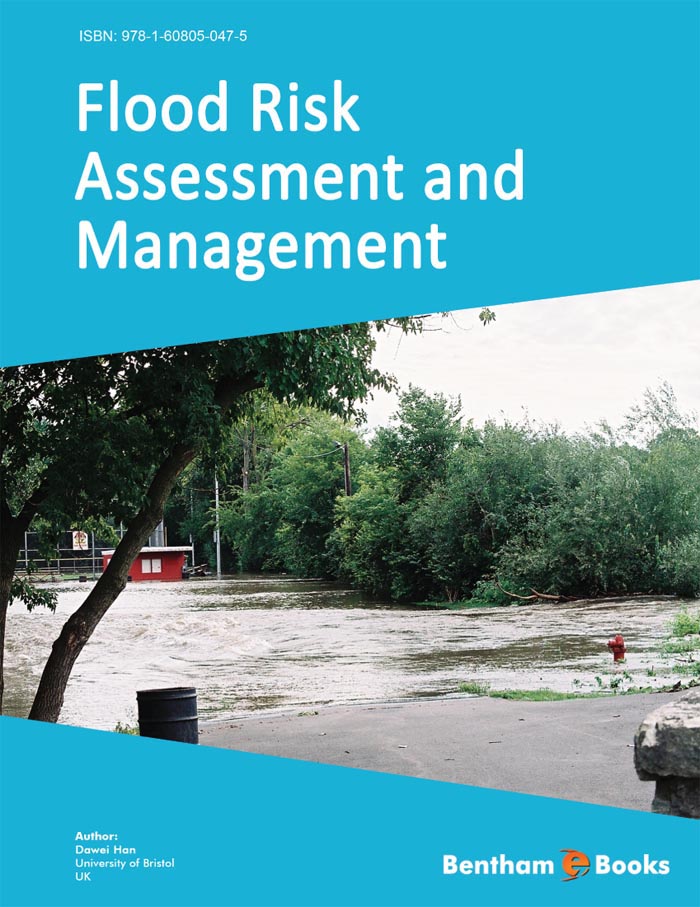Preface
Floods are one of the most devastating natural disasters in the world, causing huge sufferings to human societies and altering the natural environment. Flood risk assessment and management involves knowledge in hydrology, hydraulics, hydrometeorology, probability, statistics, geographic information systems, remote sensing, hydrometry, socioeconomic analysis, etc. This is an introductory book on flood assessment and management and written for senior undergraduate students and postgraduates in civil and environmental engineering, environmental science and geography. The aim of this book is to provide a concise coverage of key contents in flood risk and readers should use this book as a stepping stone to reach out any special areas of interest for further exploration. Although many parts of the book are related to flood risk practice in the UK, the essential concepts and theories are relevant to other countries under different hydrological and meteorological regimes.
The book covers the fundamental theories and practical information on flood risk concepts, relevant probability theory, statistics in hydrology, flood frequency analysis, frequency curve fitting, historical and paleo floods, regional frequency analysis, pooled flood frequency, ungauged catchments, areal rainfall, rainfall runoff modelling, rainfall frequency analysis, probable maximum precipitation and probable maximum flood (PMP & PMF), flood hazard mapping, nonstationary time series, coastal flooding, real-time flood forecasting, flood risk mitigation, weather and climate change. The text has been written in a concise format that is integrated with the relevant graphics. There are many examples and questions to further explain the theories introduced. The questions at the end of each chapter are accompanied by the corresponding answers and full solutions. A list of recommended reading resources is provided in each chapter for readers to further explore the interested topics.

